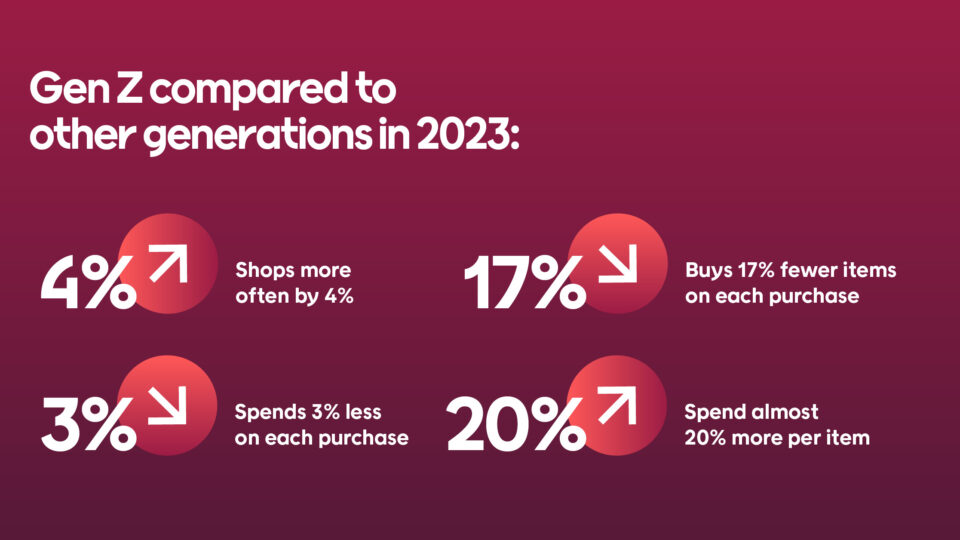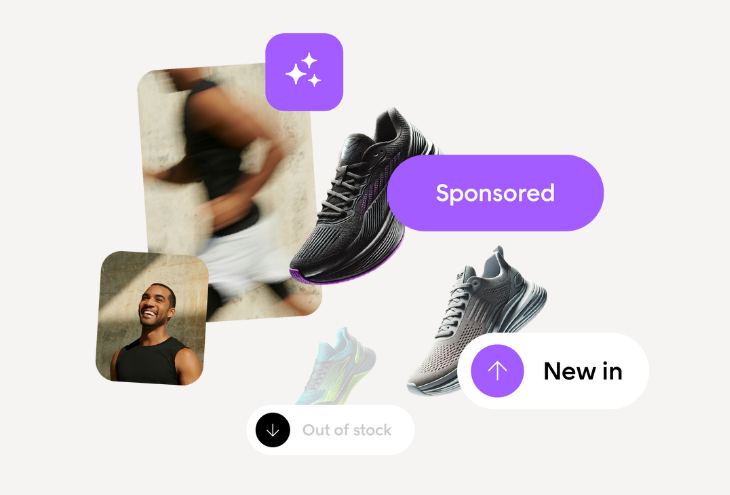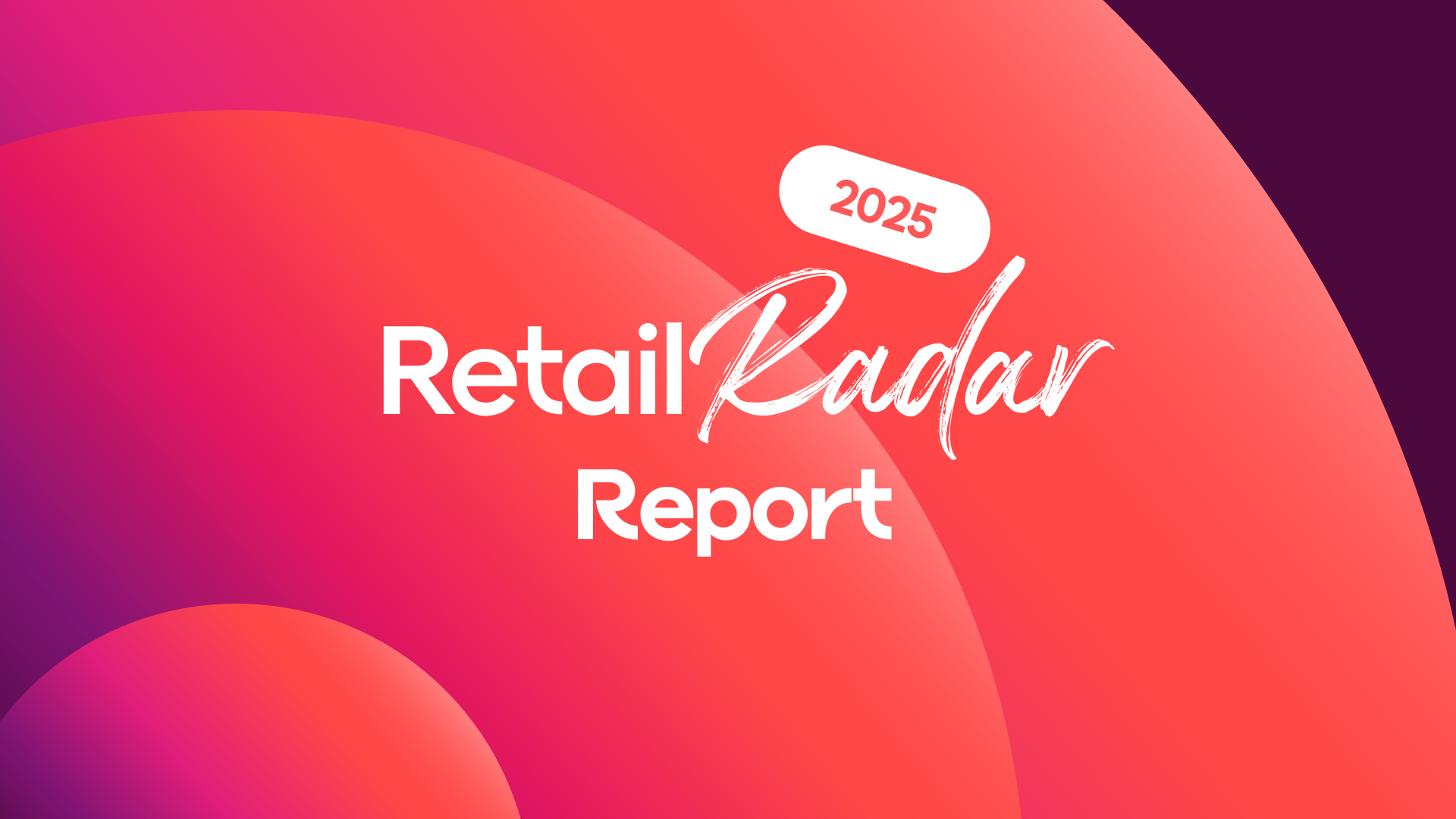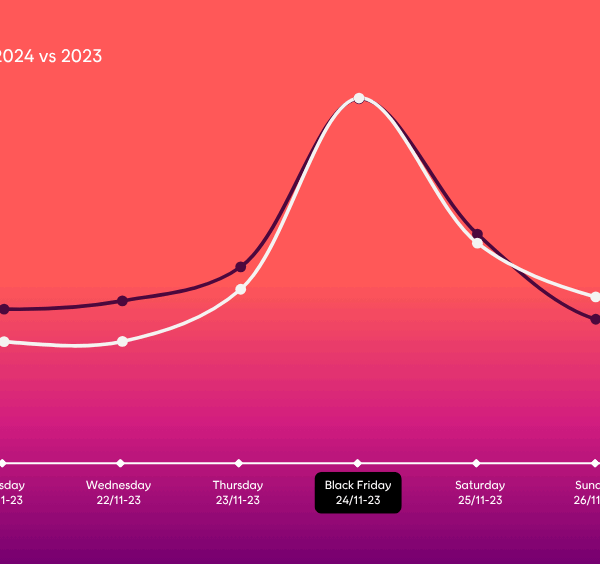Consumer spending patterns are constantly evolving, and one of the driving forces behind these changes is the impact macro trends have on different generations as they grow up and step out into adult life. In this blog post, we will explore the factors influencing consumer spending across generations, with a special focus on Gen Z shopping habits. Emphasizing how Gen Z, the digital natives of our time, is redefining the retail industry, we will delve into their unique approach to shopping and how it shapes the marketplace.
Naturally, one thing affecting generational consumer spending is their purchasing power – influenced by income, employment opportunities, and economic conditions.
Generation Z grew up dancing on Musical.ly, calling themselves the OGs when the app later became Tiktok, and went mainstream with the wider public during the early days of the pandemic. Gen Z was born tech-savvy; they value experiences and high-quality products.
They joined the workforce over the last couple of years and are in the early stages of building their careers and financial independence. With less money to spend than older generations, the Retail Radar 2023 report shows they are willing to spend almost 20% more per item when they find something they value. This willingness to invest in quality products challenges the conventional notion of mass consumption.
Additionally, the life stage significantly impacts consumer spending. Compared to older generations, Gen Z often has only themselves to shop for, putting their own needs and desires at the center, reflecting the number of items purchased each time by 17%.

Consuming media and culture
However, these factors are interesting but only surfacing in the fundamental change in this young generation today for retailers; understanding how popular culture and media consumption shape perception, priorities, and spending habits is crucial.
Members of Gen Z were born into a world where the internet is ever-present, social media is the norm, and digitalization is the standard. They have no experience with a world where traditional media outlets and TV stations determine what is prioritized and which content receives the most attention.
Today, consumers hold power in media, culture, and retail. Gen Z has embraced digital platforms, including streaming services and social media, influencing their entertainment and advertising preferences. It is their preferences that count, and they expect tailored experiences. Culture is not curated, and influences come from all across the globe.
The rise of influencers, (many of which are Millennials or Gen Z), on social media platforms such as Instagram, Snapchat and TikTok has significantly impacted consumer behavior. These platforms have emerged as powerful sales channels for brands that have successfully tapped into them and found ways to attract young consumers. Influencers can influence purchasing decisions and shape trends, affecting where and how money is spent.
Gen Z’s preference for online shopping has become a defining characteristic, accelerating the digital transformation of the retail sector. This has led businesses to adapt and improve their online presence. In recent years, there have been significant changes in the retail industry, with new brands emerging as major players in the global market. As a result, traditional retailers are now under pressure to keep up or risk being left behind.

Socially and eco-conscious consumers
Sustainability is a fundamental value for Generation Z. They tend to support brands that share their environmental and social values, which prompts retailers to embrace sustainable practices and goods. Many are embracing the second-hand market buying newish products and re-selling what they no longer need online. According to the statistics from Retail Radar UK , almost 90% of Gen Z consumers have altered their shopping behavior to align with a more sustainable pattern.
So, how can retailers effectively communicate with Gen Z?
There is no one easy answer that will be your silver bullet, but here are a couple of steps that will get you going.
- Segment your customer data: One size rarely fits all, and this holds true when targeting your entire target market, as it does when targeting a generation. Find the niches within the segment and fine-tune what is relevant to them. Gen Z values authenticity, so conducting thorough research to discover your sweet spot is essential.
- Work in sync across multiple channels: Your customers expect your brand to deliver a unified experience across all channels and platforms. Digital natives have grown up with high expectations, and this applies not only to how they can access their loyalty benefits but also to your approach to returns and the overall look and feel of your communications. Therefore, embracing an omni- and multi-channel approach in all your efforts is essential.
- Engage and build your community: Actively engage with your audience and invite them into your community. Keep track of their interactions; this can help you identify your climate heroes, product reviewers, or micro-influencers who may tag your products on social media with their OOTD.
- Test, test, and test again: To combine the four tips, continually monitor the data and insights you can gather. Be creative in your communication and combine it with experimentation to learn. For instance, test shorter SMS messages against long-form emails, A/B testing of subject lines, and compare different creatives for social media. Also, consider seasonality and experiment with different timing strategies.
Find out more
In this ever-evolving landscape, businesses must adapt and innovate, aligning with Gen Z’s values and preferences to remain competitive in the retail industry. Understanding and catering to the evolving shopping habits of Gen Z is the key to shaping the future of retail.
Find more insights and data to understand generational differences in consumer behavior here.
 Voyado Engage
Voyado Engage  Voyado Elevate
Voyado Elevate  Powered by Bonnie AI
Powered by Bonnie AI 










